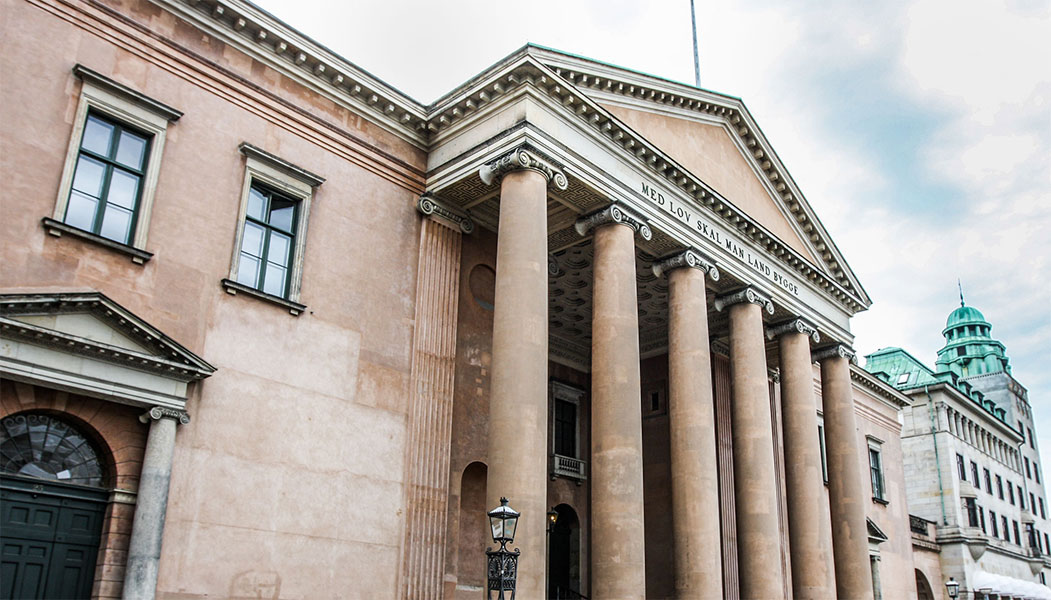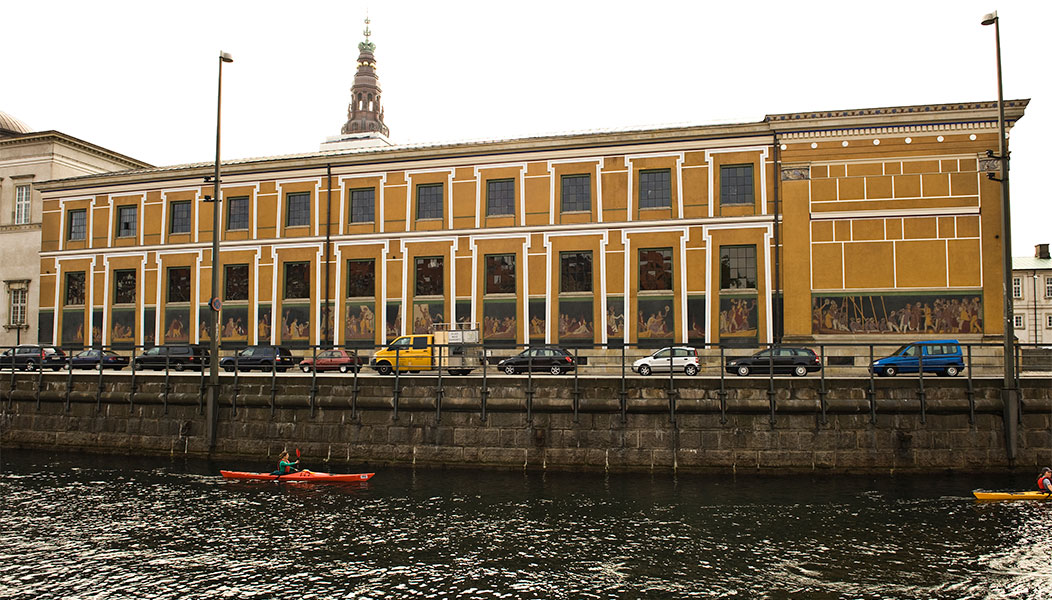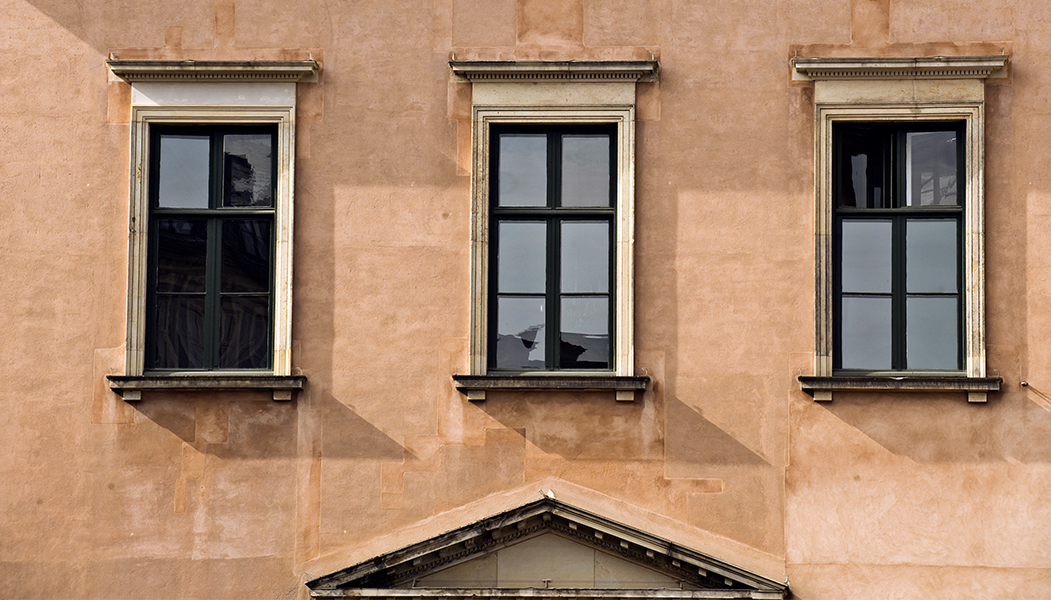After the lavish architecture of the Baroque and the Rococo, architects sought to return to a simpler style. They were inspired by the ideals of symmetry, regularity, and harmony that were present during Classical Antiquity, and the load-bearing facades of the period dictated the location and size of the windows.
The Neoclassical windows are designed with a raised transom, so the division of the upper and lower casements follow the rules of the golden ratio. The panes are equal in size and set in profiled muntins that soften and spread out the incoming light.
The Danish painter Wilhelm Hammershøi is known for his portrayal of the play of light and shadows in the windows of the Neoclassical period.




